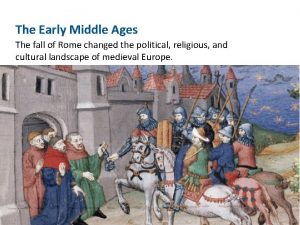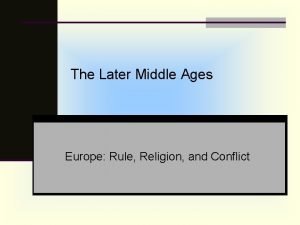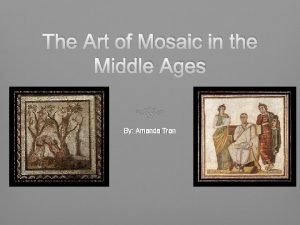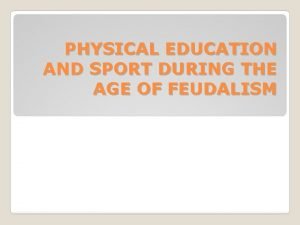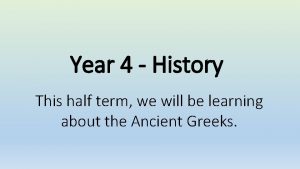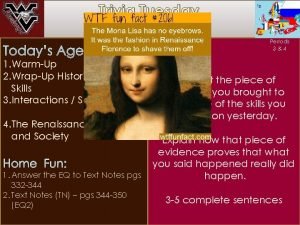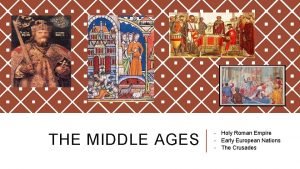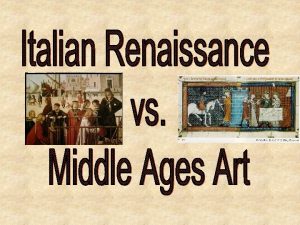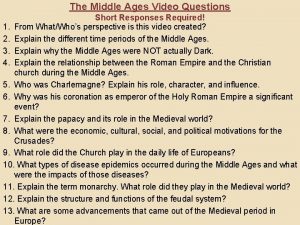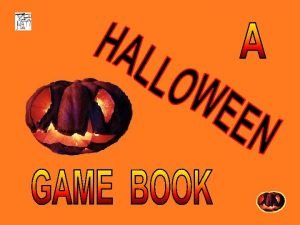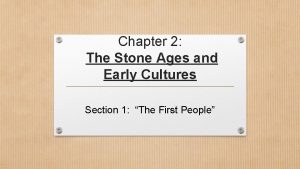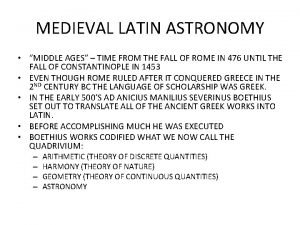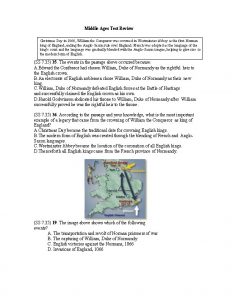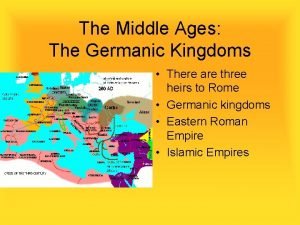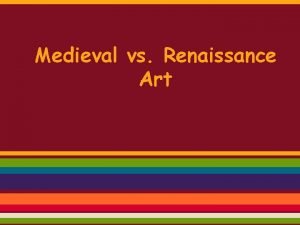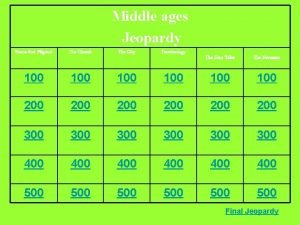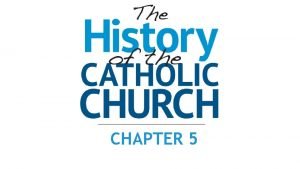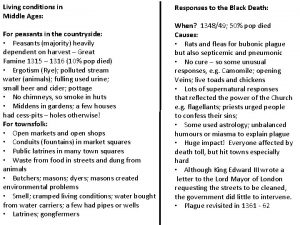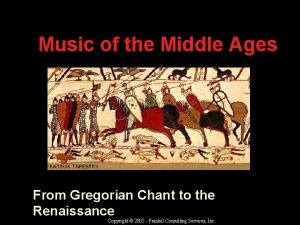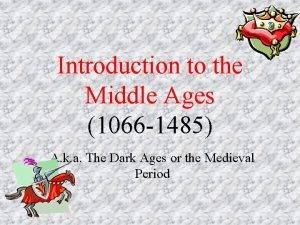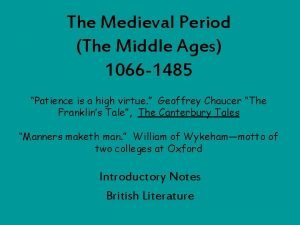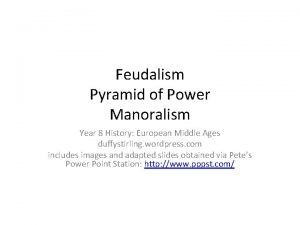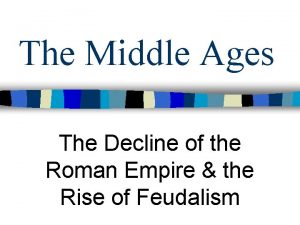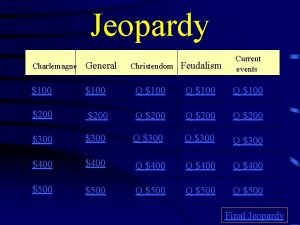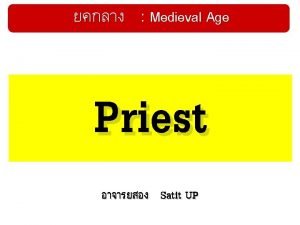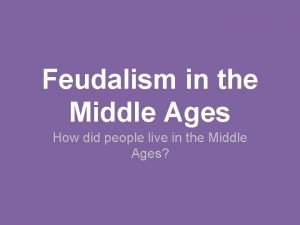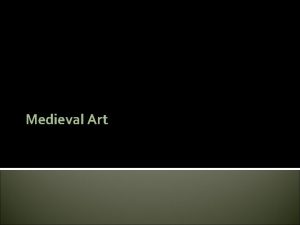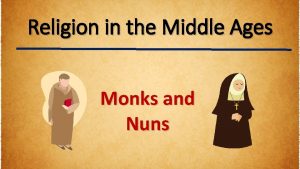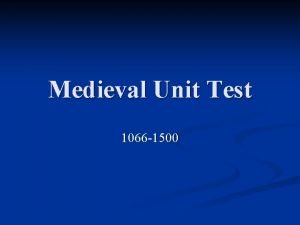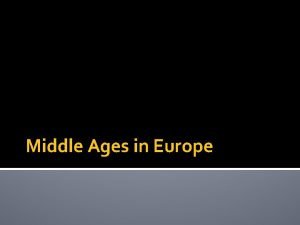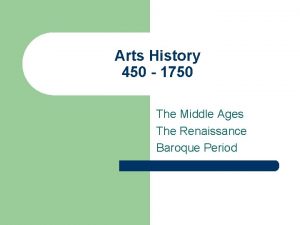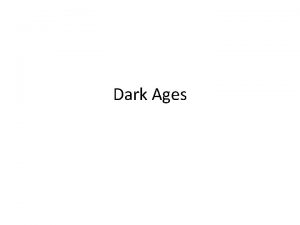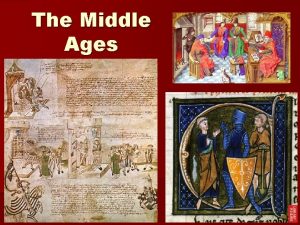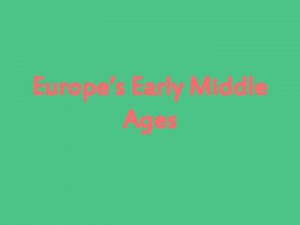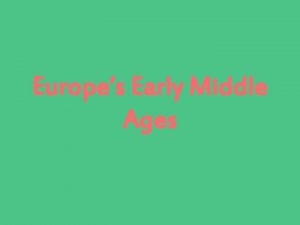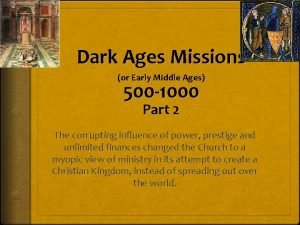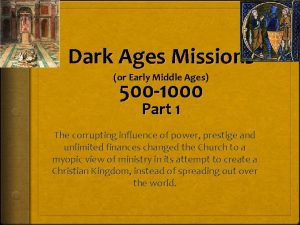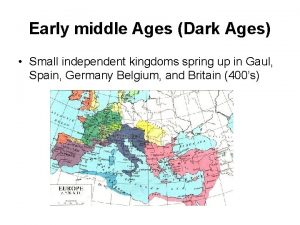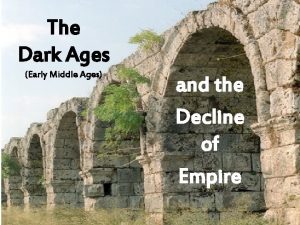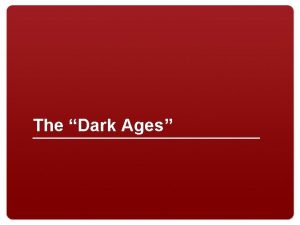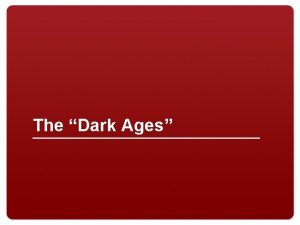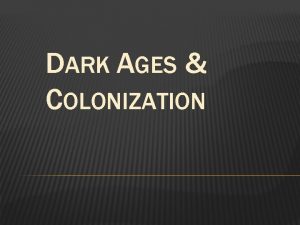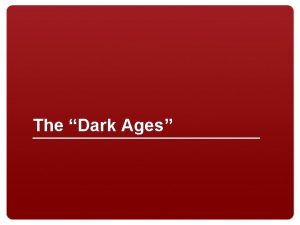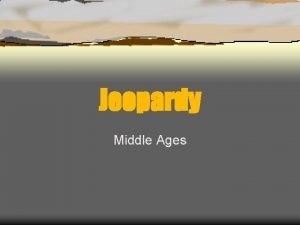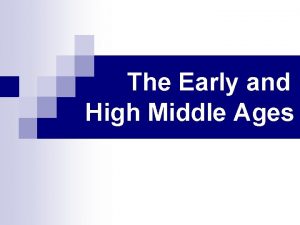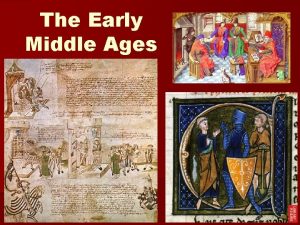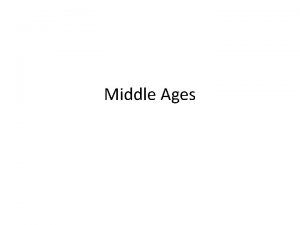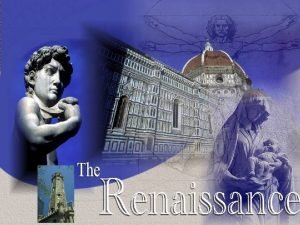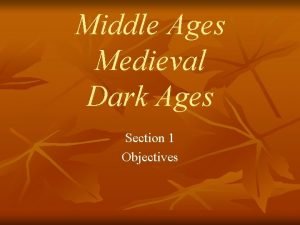The Middle Ages Early Middle Ages n Dark












































- Slides: 44

The Middle Ages

Early Middle Ages n Dark Ages (500 CE- 1000 CE)- scholars named this as a time when the forces of darkness (barbarians) overwhelmed the forces of light (Romans) n Rise of influence of barbarians as Roman Emperors had granted barbarian mercenaries land with the Roman Empire in return for military service and it was these barbarians who eventually became the new rulers

Warriors and Warbands in the West n n n Period of change in Western Europe as barbarians were migrating in to areas given up by Romans As more barbarians moved westward, other tribes were forced to move Groups categorized by languages and little else Celtic: Gauls, Britons, Bretons Germanic: Goths, Frank, Vandals, Saxons Slavic: Wends







Decline of Society in Europe n Decline in… – Urban population – Technology – Trade – Education – Employment – Engineering – Luxuries – Medicine – Sanitation – Overall Standard of Living

Expanding Influence of the Church n n n Christian Church has become an important political, economic, spiritual and cultural force in Europe Leading officials of Church were the Pope and Patriarch Banning of heresy (holding beliefs that contradict the official religion) Inquisition Conversion by force


You scratch my back… I’ll scratch yours…. n Church was granted favours by Kings (land, exemption from taxes, immunity in courts, positions in courts) and in return the Church would endorse kings to help secure their rule n Kings looked to Church to supply educated administrators to help run kingdoms and in return kings would enforce laws that prohibited other religions


Monasticism and Saints n Monks were people who gave up worldly possessions and devote themselves to a religious life n Established between 400 -700 communities called monasteries which became centers of education, literacy and learning n Strict codes of monastic conduct n Saints- one who performs miracles that are interpreted as evidence of a special relationship with God

Byzantine Empire - Eastern Roman Empire = Byzantine Empire Was much wealthier than the Western Roman Empire that fell Was able to protect itself from invading “barbarians” Had more stable political system (bureaucracy) that held it together Lost more and more territory as Islam grew

Byzantine Empire - Eastern Roman Empire = Byzantine Empire Was much wealthier than the Western Roman Empire that fell Was able to protect itself from invading “barbarians” Had more stable political system (bureaucracy) that held it together Lost more and more territory as Islam grew

Constant Warfare and Invasion Threat from outside invaders n n Vikings Muslims Europe in constant state of fear Militarized Europe n n Built Castles Trained professional soldiers Knights


Constant Warfare and Invasion Internal conflicts within Europe persisted after threat of invasions. Lords hired Knights as personal armies and law enforcers Wars between Kingdoms over land power were constant n 100 years war Conflict and Violence left little to no time for intellectual and cultural development




Plague: Black Death Devastating pandemics that first struck Europe in the 6 th century n Plague of Justinian Other plagues and disease epidemics hit Europe over the centuries Killed about half of Europe’s population Devastated population and Economy

The Bubonic Plague Called “black death” because of striking symptom of the disease, in which sufferers' skin would blacken due to hemorrhages under the skin Spread by fleas and rats Most victims died within four to seven days after infection Couldn’t get rid of dead bodies fast enough Towns left empty of people



Illustration of the Black Death from the Toggenburg Bible (1411).

• In Europe during the Middle Ages, the feudal and manorial systems governed life and required people to perform certain duties and obligations.

Origins of Feudalism • Feudalism originated partly as result of Viking and Muslim invasions • Kings unable to defend their lands, lands of their nobles Knights and Lords • Nobles needed trained soldiers to defend castles • Knights most important, highly skilled soldiers • Nobles had to find way to defend own • Mounted knights in heavy armor best lands • Built castles, often on hills • Not elaborate structures; built of wood, used as place of shelter in case of attack defenders • Being a knight expensive; had to maintain weapons, armor, horses • Knights demanded payment for services

• Knights were usually paid for their services with land • Land given to knight for service was called a fief o Anyone accepting a fief was called a vassal o Person from whom he accepted fief was his lord • Historians call system of exchanging land for service the feudal system, or feudalism

Oath of Fealty • Lords, vassals in feudal system had duties to fulfill to one another • Knight’s chief duty as vassal to provide military service to his lord • Had to promise to remain loyal; promise called oath of fealty Financial Obligations • Knight had certain financial obligations to lord • Knight obligated to pay ransom for lord’s release if captured in battle • Gave money to lord on special occasions, such as knighting of son Lord’s Obligations • Lord had to treat knights fairly, not demanding too much time, money • Had to protect knight if attacked by enemies • Had to act as judge in disputes between knights

• Therefore, feudalism was built upon relationships of obligation and service. • A Knight’s Duties to His Lord included: o Provide military service o Remain loyal and faithful o Give money on special occasions • A Lord’s Duties to His Knights included: o Give land o Protect from attack o Resolve disputes between knights





Lord and Vassal • Europe’s feudal system incredibly complex • Person could be both lord, vassal • Some knights with large fiefs gave small pieces of land to other knights, created many levels of obligations • One knight could serve many lords; no prohibition against knight accepting fiefs from more than one noble Fealty to King • Almost everyone in system served more than one lord • Theoretically, everyone supposed to be loyal to the king • In practice, not everyone loyal • Some powerful nobles as strong as kings they were supposed to serve, ignored duties as vassals • Feudal rules specific to time, place; could change over time; England’s rules not same as France’s rules

Quick Review: A lord gave land to a knight in return for protection and loyalty


The feudal system was a political and social system. A related system governed medieval economics. This system was called the manorial system because it was built around large estates called manors. Lords, Peasants, and Serfs Serfdom Free People • Most peasants on • Manors had some farm were serfs, tied to manor free people who rented land from lord • Not slaves, could not be sold away from manor • But could not leave, marry without lord’s permission • Others included landowning peasants, skilled workers like blacksmiths, millers • Also had a priest for spiritual needs

• Most of manor’s land occupied by fields for crops, pastures for animals • Middle Ages farmers learned that leaving field empty for year improved soil • In time, practice developed into three-field crop rotation system Rotation • One field planted in spring for fall harvest • Another field planted in winter for spring harvest • Third field remained unplanted for year Small Village • Each manor included fortified house for noble family, village for peasants, serfs • Goal to make manor self-sufficient • Typical manor also included church, mill, blacksmith


 Dark ages vs middle ages
Dark ages vs middle ages Renaissance art vs medieval art
Renaissance art vs medieval art Early middle ages
Early middle ages Early middle ages
Early middle ages Mosaic art in medieval period
Mosaic art in medieval period Feudalism period physical activities
Feudalism period physical activities Greek dark ages timeline
Greek dark ages timeline Dark ages def
Dark ages def American cyclopaedia dark ages
American cyclopaedia dark ages Renaissance vs middle ages
Renaissance vs middle ages Holy roman empire def
Holy roman empire def Renaissance vs middle ages
Renaissance vs middle ages Dark ages video questions
Dark ages video questions In the dark dark town
In the dark dark town Dark matter and dark energy ppt
Dark matter and dark energy ppt The stone ages and early cultures
The stone ages and early cultures Chapter 7 early childhood ages 3 through 5 answer key
Chapter 7 early childhood ages 3 through 5 answer key Early cpr and early defibrillation can: *
Early cpr and early defibrillation can: * Why art has been an integral part in european history?
Why art has been an integral part in european history? Astronomy in medieval times
Astronomy in medieval times Middle ages test review
Middle ages test review Middle ages
Middle ages Germanic kingdoms
Germanic kingdoms Medieval art vs renaissance art
Medieval art vs renaissance art Sacred music in the middle ages
Sacred music in the middle ages Middle ages jeopardy
Middle ages jeopardy Similarities between middle ages and renaissance
Similarities between middle ages and renaissance Living conditions in the middle ages
Living conditions in the middle ages Gregorian chant composers
Gregorian chant composers The middle ages 1066 to 1485 unit test closed book
The middle ages 1066 to 1485 unit test closed book Middle english period 1066-1500
Middle english period 1066-1500 Pyramid of feudalism
Pyramid of feudalism Middle ages
Middle ages Middle ages jeopardy
Middle ages jeopardy Papal hierarchy
Papal hierarchy Feudal system in the middle ages
Feudal system in the middle ages Naissance renaissance
Naissance renaissance Floral design history
Floral design history Characteristic of medieval art
Characteristic of medieval art Monks and nuns in the middle ages
Monks and nuns in the middle ages The middle ages 1066 to 1485 unit test
The middle ages 1066 to 1485 unit test Middle ages def
Middle ages def Middle ages def
Middle ages def Middle ages floral design
Middle ages floral design Middle ages nobles
Middle ages nobles


